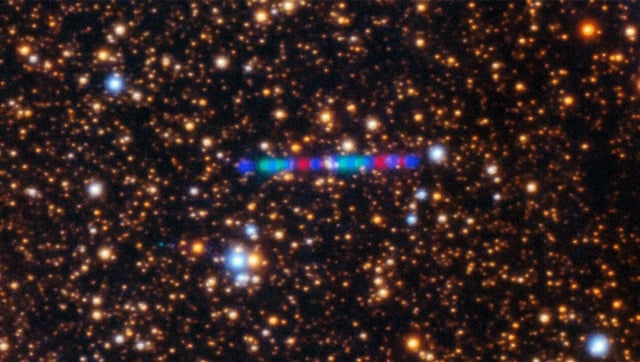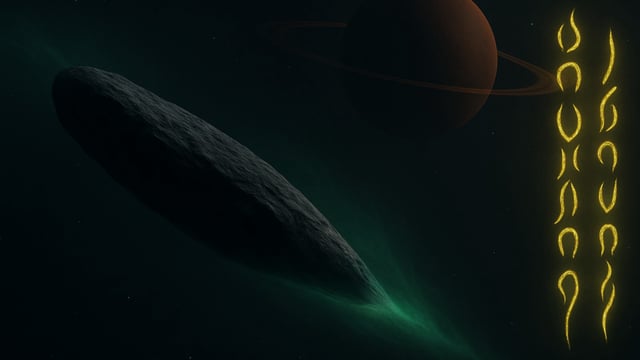Overview
- ESA’s Mars Express and ExoMars Trace Gas Orbiter are targeting 3I/ATLAS during today’s roughly 18 million‑mile Mars flyby, with NASA’s Mars assets poised to assist with imaging and spectra.
- Scientists continue to classify 3I/ATLAS as a natural, hyperbolic comet that poses no danger to Earth, with the closest Earth approach expected in December at about 167–170 million miles.
- Hubble observations cap the nucleus at no more than about 5.6 kilometers across, though it could be as small as roughly 440 meters, underscoring large uncertainties in size estimates.
- A new, not‑yet‑peer‑reviewed study reports an unusually high nickel‑to‑iron signal in the coma compared with solar‑system comets, a puzzling result that researchers caution requires further confirmation.
- After perihelion near the end of October, ESA’s JUICE spacecraft is scheduled to observe the comet from November 2–25 during its high‑activity phase, filling an Earth‑based viewing gap during solar conjunction.



